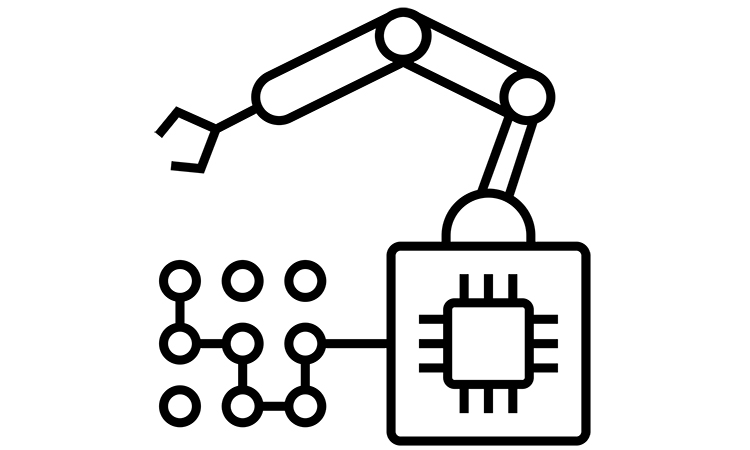What is machine learning? Machine learning is the ability of the computer to learn from experience, a feature inherent to people and animals. However, the memorising method of learning is not the most successful, so machines use computational algorithms to learn information from incoming data.
Proper machine learning has progressed from isolated individual cases to being more ubiquitous. The reason why we need machine learning is due to the problem of complexity and adaptability. The tasks that humans do routinely, like speech recognition, driving and others, are pretty easy to learn for a machine.
Another family of tasks for machine learning is the analysis of big sets of data, usually some scientific experiment results, weather prediction, medical results and others. These tasks demand the extraction of some patterns of data that are very significant and stand out amongst all the other rows of data. The ability to learn this has been a promising step, which has opened new horizons.
Another machine learning tasks that sounds very promising is the adaptability of a machine. Adaptability means that a machine can evolve with its functionality, not stay unchanged once it has been written. Examples of adaptability are voice and hand-written text recognition.
Types of machine learning is very broad, and are different depending on the interaction of the learner and the environment. According to this gradation learning can be supervised and unsupervised. Supervised learning describes the scenario when the experience contains significant information, that can be seen or unseen in the new data sets to be applied. In this case the environment is a supervisor.
In an unsupervised case there is no difference between training patterns and non-training patterns. Learning can be passive and active. In the case of passive learning, the computer only observes the environment, and does not effect it. In case of active learning, the computer interacts with the environment. The environment can also be a ‘teacher’ for the machine, when it observes phenomena or data. The learning process also distinguishes depending on when the machine should react to the task – online or after analysing or working with a large amount of data.
Machine learning algorithms find natural patterns in a large pack of data that helps us to make critical decisions like medical diagnosis, weather forecasting, stocks and others. Machine learning is used in computational finance, computation biology, media, image processing, computer vision, energy production, automotive, aerospace manufacturing and others.
Machine learning is an integral and adjacent field that is based on the optimisation, mathematical statistics, game theory, information theory and others. At some point machine learning can be recognised as Artificial Intelligence (AI). However, the goal of machine learning is to use experience patterns in big data sets, rather than imitate human intelligence. However, from a certain point of view they can be seen as complementing each other. Machine learning is also the basis of the algorithms, i.e. a machine can learn by learning the algorithms. Here we will consider the models of statistical learning.



